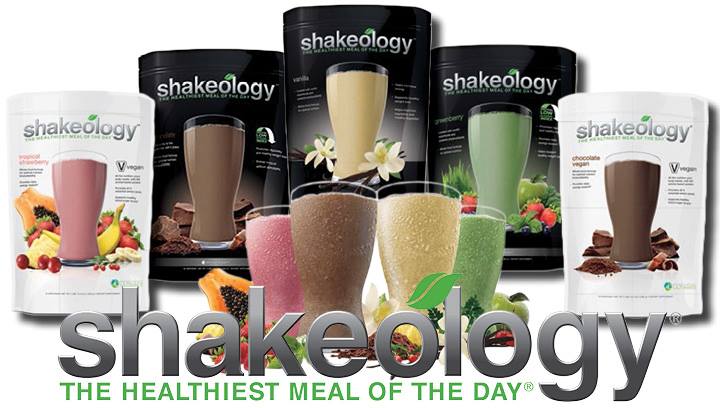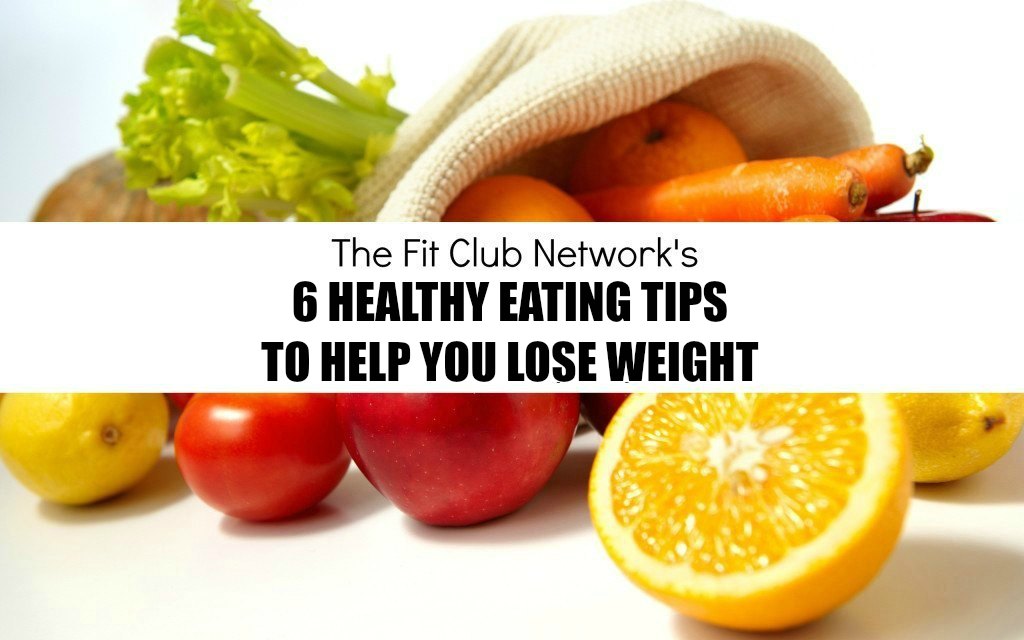
6 HEALTHY EATING TIPS TO HELP YOU LOSE WEIGHT
Health and fitness is about 80% nutrition and 20% fitness.
You can work out like a maniac and STILL be overweight if you don’t eat right! That is why we put together our top eight healthy eating tips that will help you succeed with any fitness regime.
These tips form the basis of the 80/20 Rule to nutrition. Everyone needs to tailor their nutrition plan to their fitness goals, but this solid rule works for most.
The typical American diet is WAY too high in sugar and carbohydrates. Combine that with the fact that sodium is added to nearly every processed food and you have a recipe for a serious addiction to unhealthy foods. Let’s break that cycle!
We encourage you to try new ways of eating and explore new foods. In the early stages of this process, you may experience the effects of withdrawal from an addiction, particularly to sugar or carbohydrates. DON’T GIVE UP! If you power through this stage, you’ll come out a winner.
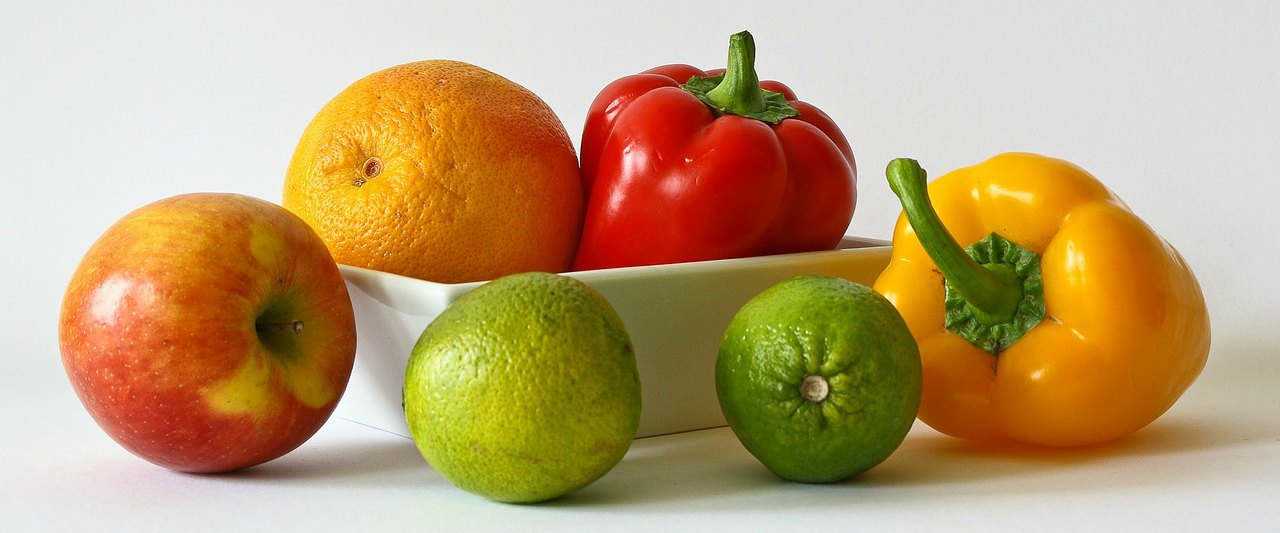
If there’s one thing you take from reading this post, let it be this—AVOID EATING PROCESSED JUNK!
To start off our healthy eating tips, we’ll start with one of the most important—eat as many whole single ingredient foods as possible. The more nutrient dense they are, the better.
A strawberry has ONE ingredient—so does an egg, a chicken breast or broccoli. If you’re going to eat a multi-ingredient food, you need to become a label reader.
The most important part of the label is the ingredient list. The more ingredients there are, especially ones you can’t pronounce, the lower the likelihood it should go in your mouth.
Food manufacturers are notorious for adding sugar (anything ending in “-ose”), an unhealthy dose of sodium, and chemical preservatives. They do this for two reasons: (1) to make it last longer and (2) to get you addicted so you’ll eat more.
There’s a simple nutritional concept known as the 80/20 Rule—try to make 80% of the foods you eat be healthy single ingredient. If you can do that, then the other 20% won’t hurt you too much. If your diet isn’t particularly good at this time, you’ll see a huge improvement by simply following this rule.
To learn more about whole food nutrition, read this—The Benefits of Whole Food Nutrition
It may seem contrary that one of our healthy eating tips is to take nutritional supplements right after we recommend eating whole foods, but it’s really not. Here’s the deal…
The overwhelming majority of whole foods that are available to use are less nutritious now than they were 20 years ago. Farming practices and pressure to produce higher yields have lowered their average nutritional value by about 25%.
(Some of these farming practices have led to foods that might even be dangerous to us. Take a moment and read Mark Sisson’s article about GMO and Monsanto.)
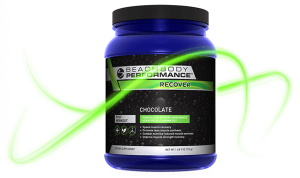 In short, we have nutritional gaps to fill and the easiest way to fill them is with high quality nutrition supplements. Supplements can also help curb our cravings, particularly for sugar. We consider them power tools for a healthy lifestyle.
In short, we have nutritional gaps to fill and the easiest way to fill them is with high quality nutrition supplements. Supplements can also help curb our cravings, particularly for sugar. We consider them power tools for a healthy lifestyle.
We use Shakeology and the Beachbody Performance Line. At a minimum, you need a good multi-vitamin so your body’s basic needs and functions are addressed. (NOTE: If you drink Shakeology daily, you can skip the vitamin!)
As Mark Sisson would say, “It’s all about insulin.” You must take the time to understand the metabolic process associated with the intake of carbs and realize that the body essentially views carbs as sugars. Watch this video:
Another one of our healthy eating tips is to make sure your carbohydrate consumption correlates with your activity level. Why? Because carbohydrates convert to sugar so if they’re not used, they can cause an excess of insulin and weight gain.
Insulin has an essential role in our bodies—without it, our blood sugar would rise to toxic levels. However, if you keep producing too much of it, which usually when your sugar and/or carb intake is too high, you’ll become insulin resistant. This can lead to Type 2 diabetes.
Our body will convert excess sugar to fat. To understand more about how this happens, check out our Ultimate Guide on How to Burn Fat.
If you’re low on the activity scale, you should be consuming fewer carbs and less sugar; if you’re extremely active, like a triathlete, you can consume more.
A triathlete training for a race or someone doing Insanity is going to need a much higher carb intake than someone doing the 21 Day Fix or one of the P90X workouts.Wherever you are on the activity spectrum, it’s essential to consume the base amount of carbohydrates that you need to support your goals. In general, if you can limit carb intake to below 150 grams per day, you will see fat loss results.
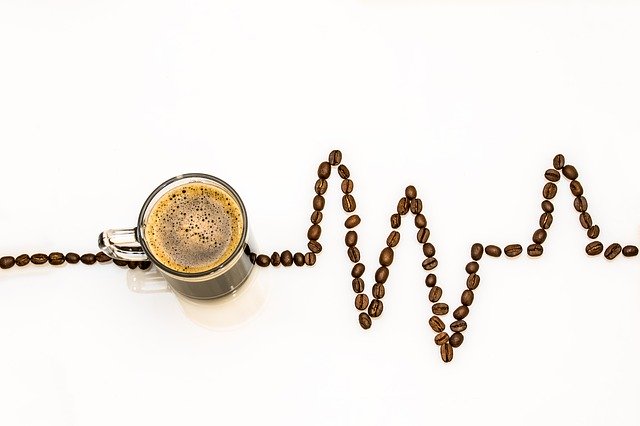 Acidity has been linked to cancer, so yeah…one of our most important healthy eating tips is to limit foods that make your blood acidic.
Acidity has been linked to cancer, so yeah…one of our most important healthy eating tips is to limit foods that make your blood acidic.
Some of the top offenders are dairy, grains/legumes, vegetable oils, alcohol, coffee and sugar.
One of the biggest contributors to acidity is dairy. Many people feel that our bodies are not conditioned to process milk from other animals. We are the only species that drinks milk that doesn’t come exclusively from our own mothers. We drink almond milk instead.
Another big one is soda—regular AND diet. Here’s an important read—“How Diet Soda Makes You Fat“. In short, definitely ditch the soda! It’s poisoning your blood. Drink WAY more water to refresh your blood.
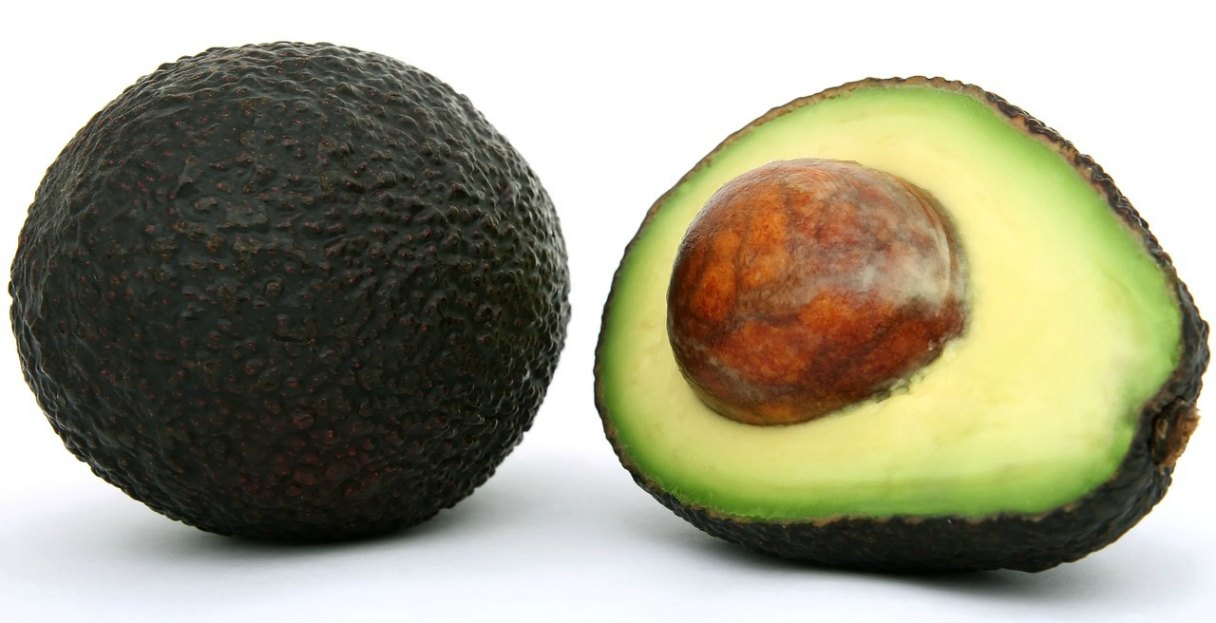
You’ve got to get HEALTHY fats in your diet! YES, certain fats are actually GOOD for you. The theory that saturated fats are to blame for our society’s weight problems has left the building.
Please read the following to learn this very important concept:
We’ve found fat to be a remarkably good source of energy and fatty foods really fill you up, which means you don’t need to eat so much to feel satisfied. You cannot go wrong with increasing your intake of healthy fatty foods like avocados, nuts, and olive oil.
Take the time to understand how fats work in your diet, because they are important. We put together The Ultimate Guide on How to Burn Fat to help you thoroughly understand this topic.
![]() We often ask people to track their food when we first start working with them. It’s not a forever thing—it’s a short term educational necessity. After a few months, you’ll instinctively know what it feels like to eat a healthy amount of food AND the proper ratios of food every day.
We often ask people to track their food when we first start working with them. It’s not a forever thing—it’s a short term educational necessity. After a few months, you’ll instinctively know what it feels like to eat a healthy amount of food AND the proper ratios of food every day.
There are several ways to do the tracking.
- You can manually track your daily calories and calorie burn to see what it takes for you to end the day with a calorie deficit.
- You can track food intake using a container-based portion control system like the 21 Day Fix Meal Plan.
- You can follow a mindful eating plan like the 2B Mindset nutrition program, which uses a food journal or the (free) Nutrition+ app to do your tracking.
Knowing your caloric range is important, but don’t get too caught up in that analysis. It’s more about education. As you will learn with any healthy eating plan, what you eat is far more important than how much you eat. This is what’s behind the 2B Mindset philosophy of “veggies most.”
You can read more about tracking nutrition here—The Power of Tracking Nutrition.

